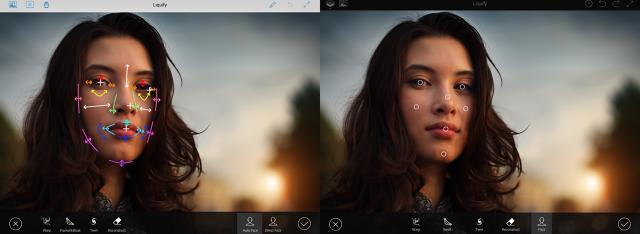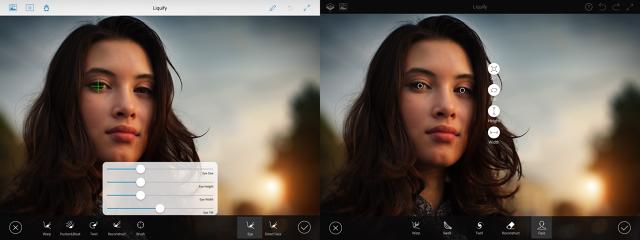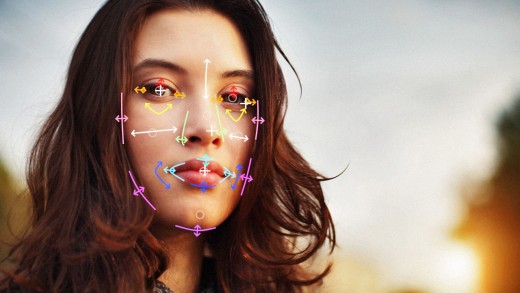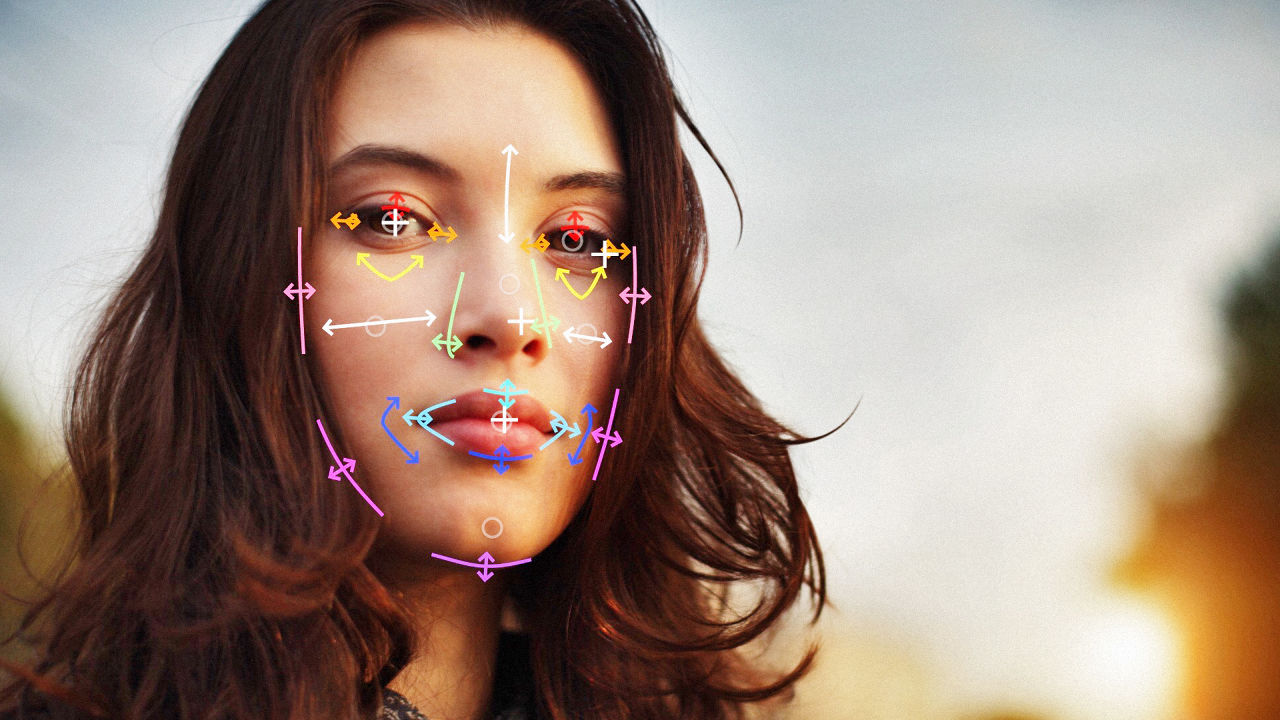How Adobe Is Reimagining Photoshop For The cell generation
the pc science behind Photoshop continues to be as outstanding as ever. but the whole lot else about its new imaginative and prescient has modified.
December 14, 2015
For greater than a quarter century, Adobe Photoshop has mirrored a remarkably constant imaginative and prescient. it’s leveraged the latest advances in computer science. it can be burst on the seams with effective options, most of which themselves have burst at the seams with choices. And there is been absolutely nothing about it that has been tailor-made to the desires of newbies or other individuals who might be daunted with the aid of its studying curve, which has been intimidating, if now not downright terrifying.
All alongside, the product has dominated its category as thoroughly as any product in device history. which means that for years, there wasn’t so much reason for Adobe to debris with a successful method. however in 2010, something happened that pressured the company to rethink just what Photoshop will have to be.

That something was Apple introducing the first iPad. It was instantly evident that the pill used to be an important new platform for tool—and that the tool it might run would have to depart from what came ahead of on windows PCs and Macs.
“The iPad 1 came out,” recollects Lance Lewis, a senior pc scientist who has been with the corporate for two decades. “In my my thoughts, it used to be like, ‘Oh my gosh, that is going to develop into the trade.’ i wanted to do everything I might to be part of cell.’”
What wasn’t in an instant glaring, on the other hand, was once precisely how one can translate Photoshop into an experience that made experience on the iPad and different mobile devices. In 2011, Adobe launched three “Photoshop touch” iPad apps—Eazel, shade Lava, and Nav—that have been enhances to Photoshop in its full-strength kind quite than stand-on my own instruments. Then in 2012, it introduced an app referred to as Photoshop touch, which took a smallish subset of pc Photoshop’s features, stripped out most of their evolved options, and rejiggered the interface so it labored with touch input.
This year, the company began far and wide again. It discontinued construction of Photoshop contact—which was once to be had for iPhones and Android gadgets as well as iPads—and introduced that Photoshop’s future on the iPad and other cellular devices would henceforth contain smaller, specialized instruments quite than anything that retained Photoshop’s conventional the whole lot-and-the-kitchen-sink taste.
The move had been within the works for some time. “We did a rethinking of our strategy a yr and a half of in the past,” explains Manu Anand, an Adobe senior product manager. “in the beginning, we had been on the trail of, let’s take Photoshop from the personal computer and make it run as effectively as that you can think of. We have been bringing plenty of the complexity that you can actually associate with Photoshop on the pc to cell units.”

In 2014, even earlier than Adobe yanked Photoshop spark off the market, it released Photoshop mix, a cell app focused fully on layering and compositing a couple of parts into one picture and presently on hand for the iPad, iPhone, and Android telephones. Then in October of this 12 months, it offered Photoshop fix, a retouching app for iPads and iPhones, with an Android model within the works.
“We like to think of it as an atomized strategy to Photoshop,” Anand says.
each cellular And modern
the company’s new technique isn’t just about breaking Photoshop down into its component parts. lots has came about with cellular devices considering that Lewis—who’s now engineering lead for Photoshop repair—acquired excited over the original iPad more than half a decade ago.
For starters, the iPad and different gadgets have gotten dramatically more powerful. Apple is fond of saying that the iPad pro has 22 times extra CPU efficiency and 360 times the images performance of the 2010 iPad, and that it can be faster than eighty% of the moveable PCs launched previously 12 months. although mobile Photoshop apps still do a few of their processing in the cloud, where they have got get right of entry to to all the computing cycles they may ever need, they are able to also do some really sophisticated issues right on the units themselves.
The state of interface design for contact-display devices has additionally gone a long way past the place it used to be when the company created Photoshop touch, which used to be utilitarian at very best. via scrapping that app and starting over, Adobe had another shot at envisioning image-editing experiences for 2015 and past.

you will see that both factors—more capable hardware and extremely evolved interface design—in Photoshop repair’s Liquify characteristic. The tool, which means that you can nudge an image’s pixels around to create subtle effects such as curling anyone’s lips up into a smile, has lengthy been on hand in personal computer Photoshop. but repair’s model is in some ways extra evolved than its ancestors from the standpoint of both expertise and usability.
Photoshop fix’s liquify offers a face-aware possibility which is good sufficient to investigate photography and determine facial features. that allows you to make eyes larger, lips fuller, or noses pointier with just a few quick gestures, putting off the need for the sort of painstaking adjustments required by using previous versions of the function.
Adobe’s authentic draft of face-conscious liquify’s interface was once so advanced that it gave the impression of John Madden had broken into the app and begun scribbling on it with a Telestrator. within the final model, the app overlays circles on a person’s eyes, cheeks, nose, mouth, and chin. contact a circle, and controls on the subject of that facial function pop up. everything occurs right on high of the picture, somewhat than by the use of sliders of the type utilized by Photoshop contact, that have been harking back to the dialog containers in computer apps. it can be about as intuitive and finger-friendly as a function can get.
“nearly all of the work on face-mindful liquifying was done through an intern from South Korea,” says Lewis. “She had some mentoring, however she wrote the entire code. there were instances when she was once using the design.”

When it came to therapeutic, a function which permits you to perform well-liked retouching jobs comparable to fixing pores and skin blemishes, the first intention was to be sure that it may possibly work thoroughly on a phone or pill in any respect. critical customers “might faucet one hundred totally different points on a person’s face—it blows me away,” Lewis says. “that will be too sluggish to send it up to a server 100 occasions. We had to make our therapeutic technology perform well on mobile.”
In its last form, the healing feature goes a long way past only providing proper performance. “now not most effective did we get the velocity the place we wished it to be, however we improved the experience,” Lewis says. “We’re making the most of more than one cores on a cellular software and doing healing on the background. because the consumer is faucet, tap, tapping, we will do things in the background and capture up. It’s in reality a greater experience than on the computer.”
a different form of Photoshop
the fact that an Adobe pc scientist can discuss of an iOS version of Photoshop being sophisticated to the laptop incarnation in certain respects shows how some distance mobile gadgets have come. but superiority is not about beating basic Photoshop at its personal recreation, which continues to involve providing professional users with an infinite selection of infinitely customizable instruments.

Which brings up a question: Is an app like Photoshop restore fascinating to the sort of formidable creative people who have made Photoshop so a success for see you later, although it makes no try to replicate the laptop version?
To make sure that it was, Adobe picked the brains of advanced users as it developed this system. one of them was once Sarah Silver, a new york-based photographer who specializes in subjects comparable to type, magnificence, and dance. As she explains it, “They got here and said, ‘hi there, as a professional photographer, what would you like to see? What would you wish to share?'”

It became out that the laptop version of Photoshop offered scads of options that she failed to want, and which may even get in the best way. For the kind of high-finish work she does for purchasers similar to Vogue, DKNY, L’Oreal, and Nike, “we’ve devoted retouchers. which is all they do all day lengthy,” she says. “My wants are more to be atmosphere the stage for what the retoucher will do next. I would possibly need to mark up on the fly on my way home in the taxi, in order that the consumer can evaluation that night time and ship it to the big boss to show around in 24 hours. I wouldn’t have time to sit on a pc. I don’t have a Wacom [pen tablet] with me.”
In other words, Adobe’s new version of cell Photoshop—specialized apps that permit for high quality results without plenty of effort on units such because the iPad—resonated along with her.
Silver says she’d love to see Photoshop repair add the form of personal messaging features that might let her collaborate with clients right throughout the app. and he or she thinks that Adobe’s fresh take on Photoshop might end up altering profession paths in her trade.
“one of the vital things that’s actually exciting from my point of view, emotionally, is that if you want to comprise Photoshop and you don’t comprehend all about it, repair just isn’t daunting,” she says. “It was once you needed to take evolved courses. You had to be an apprentice retoucher to get to the level where you’d be confident and could do something. everything has its limits, however this can be a nice solution to teach the next era about Photoshop and retouching, and how to make your photography higher.”
From the moment that Adobe began selecting her mind about Photoshop restore, Silver was intrigued. Now, she says, “I could see this rising into one thing a lot larger than what i would ever imagined.”
(75)














